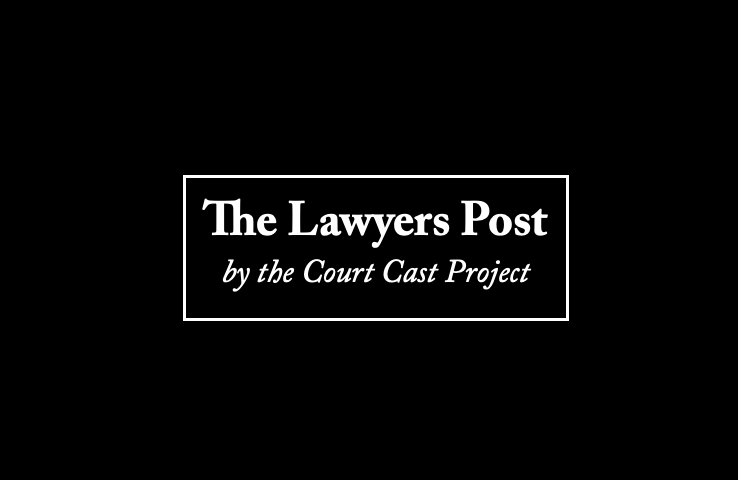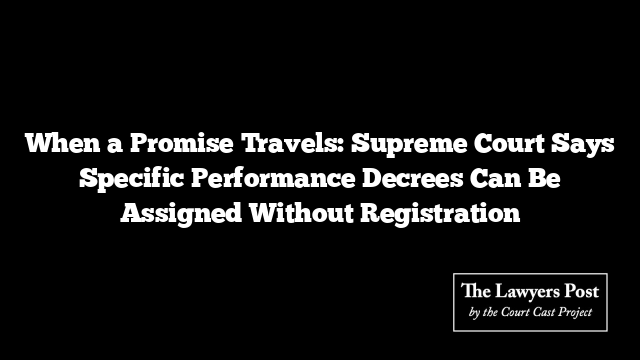In a ruling that tightens the clock for those contesting environmental approvals, the Supreme Court declared that the countdown to challenge an Environmental Clearance (EC) begins the moment the clearance first enters the public domain—no matter which authority puts it out there.
The Court aligned itself with a well-known NGT precedent, affirming that when several entities are responsible for informing the public, the earliest disclosure is what triggers the limitation period. Once the EC is out—whether via a government website, notice board, or other official channel—the timer starts.
This principle played out in a dispute involving a limestone mining project spread across nearly 200 hectares in the villages of Talli and Bambor in Gujarat. The local Gram Panchayat attempted to challenge an EC granted on January 5, 2017, arguing that they only became aware of it through an RTI reply in mid-February. The NGT, however, had already dismissed their appeal as time-barred, counting the 30-day limitation from the date the EC appeared on the Ministry’s website.
At the Supreme Court, the Panchayat argued that the limitation should run from the day they personally learned of the clearance and that the EC should have been published in full in a local newspaper. The opposing side countered that the Ministry’s website publication fully satisfied the communication requirements, making it the first operative disclosure.
The Court agreed with that view, holding that when several authorities are tasked with announcing an EC, the earliest public communication—here, the website upload on January 5—settles the starting point. The judges noted that the EC had indeed been uploaded the very same day it was granted.
With that, the appeal was dismissed, and the principle was reinforced: in matters of environmental clearances, the first public whisper carries the weight of law, and the clock starts ticking immediately.





